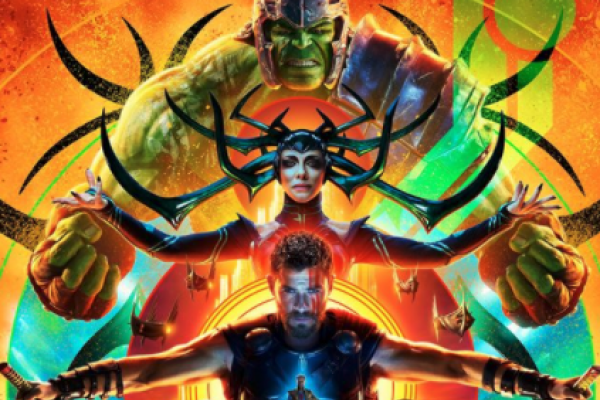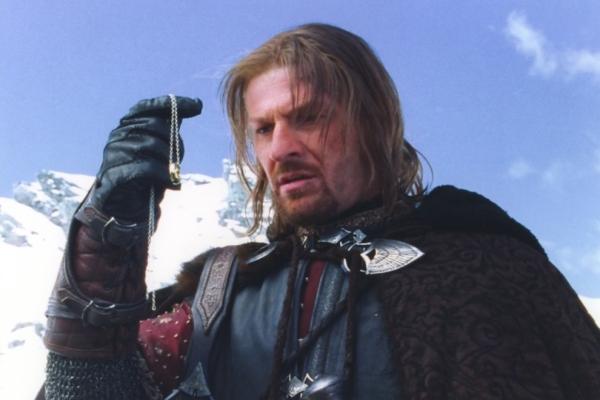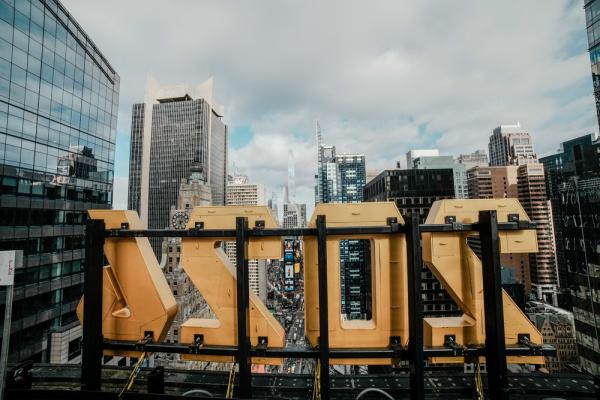Thor: Ragnarok is a candy-colored blast of a movie. It’s wild, funny, and covers acres of story, making its lengthy run time zip by with Mjølnir-powered speed. Director Taika Waititi’s Marvel debut bursts at the seams with creative pleasure that communicates the same sense of fun that was clearly present on set. The movie echoes the divine artistic joy that powers films like Guardians of the Galaxy, with Waititi using the screen as a canvas for an intergalactic superhero party: Everyone’s invited, and there are prizes for the wildest costume.
With all the unbridled fun on display, it might seem a fruitless task to suss out any kind of political bent to the film. Big philosophical messages aren’t really the point of Thor: Ragnarok. But still, there’s an element of one present here that adds interesting depth to the film, and it’s worth discussing.
Following a lengthy absence, Thor (Chris Hemsworth) returns to his home of Asgard and finds his troublemaker brother Loki (Tom Hiddleston) running things, and his father Odin (Anthony Hopkins) dying in self-imposed exile. Odin’s passing releases Hela (Cate Blanchett), the goddess of death, imprisoned for eons because of her destructive power. She overtakes Asgard, banishing Thor and Loki to a planet run by the Grandmaster (Jeff Goldblum). There, Thor is conscripted into a gladiator tournament where he has to battle Hulk (Mark Ruffalo), who’s been dominating the fight circuit. Thor works to escape back to Asgard and reclaim his home before Hela destroys it, with the help of Loki, Hulk, and Valkyrie (Tessa Thompson), a hard-drinking former Asgardian warrior.
It’s in Hela that the movie finds its thematic depth. The character has been a prisoner for so long that nobody in Asgard knows who she is, and her story presents a much different version of the idyllic city. She is Thor’s long-lost sister, present in the early days of Asgard when she and Odin ruled the realms with terror and violence. Upon arriving at the palace, Hela’s first order of business is to destroy the murals of the benevolent royal family which cover up her own dark, dramatic renderings. She also reveals a hidden crypt below the throne room that houses the bodies of her army. Everything about Hela, and the bloodthirsty past she represents, has been covered over by images of safety and prosperity — images that don’t tell us the whole truth.
This message resonates right now, when Americans have reason to be constantly reminded of our country’s unjust past, and how that past continues to shape our unjust present. Much like Thor, many white Americans are only now reconciling with the idea that the narrative we’ve grown up believing cuts out huge chunks of the country’s history. It’s especially pertinent that this perspective comes to us from an Indigenous filmmaker (Waititi is Maori, from New Zealand), whose country has its own long history of racism, and who championed cultural representation on his set.
Ultimately, Thor Ragnarok still fits neatly into its superhero mold, with big fights and a plethora of special effects. Its goofy sense of humor and dazzling style help it stand out among the ranks of its muscled Marvel brethren. But it also contains a not-insignificant grain of social justice truth that shouldn’t be ignored. The movie itself is a fun confection, but there are intriguing ideas at the core.
Got something to say about what you're reading? We value your feedback!







